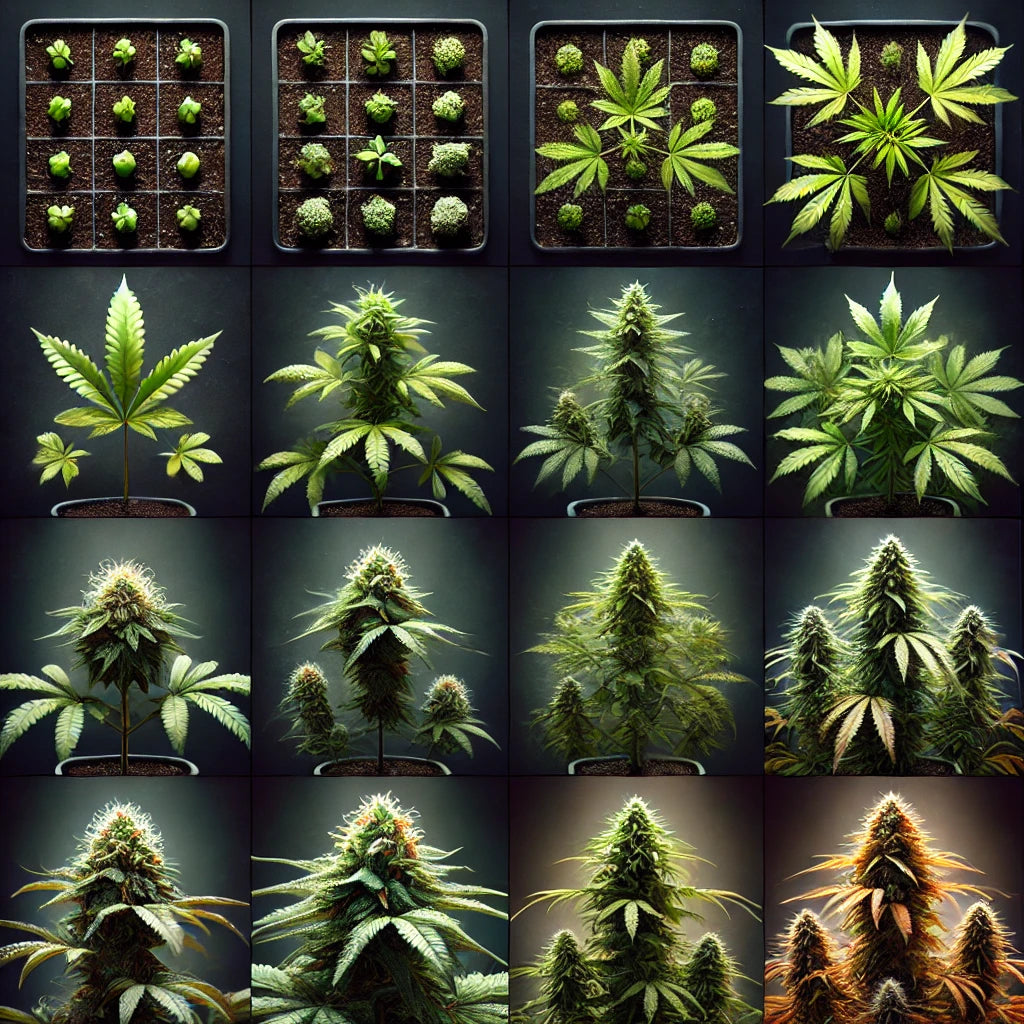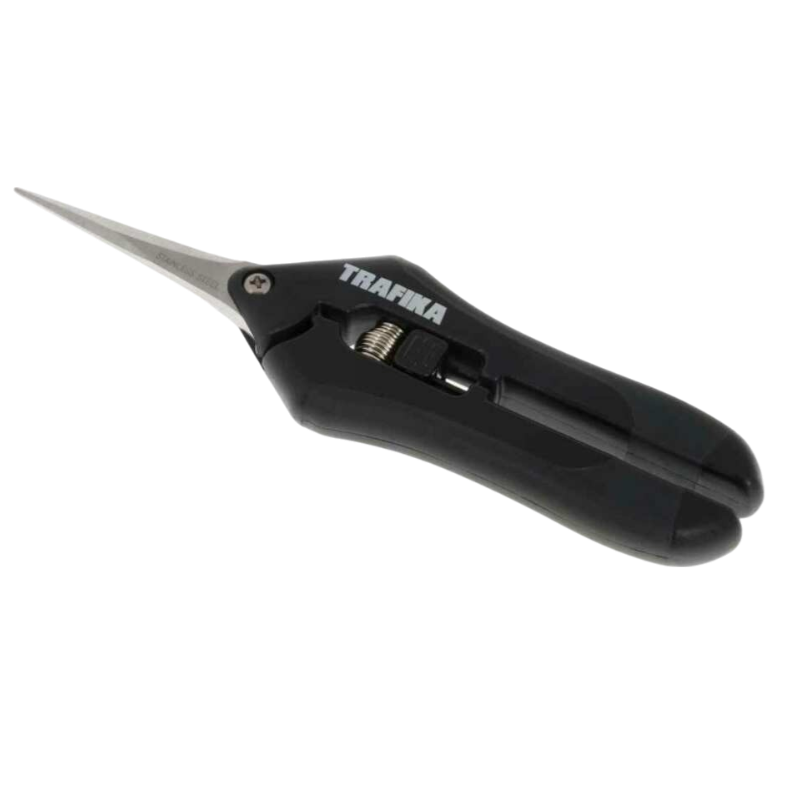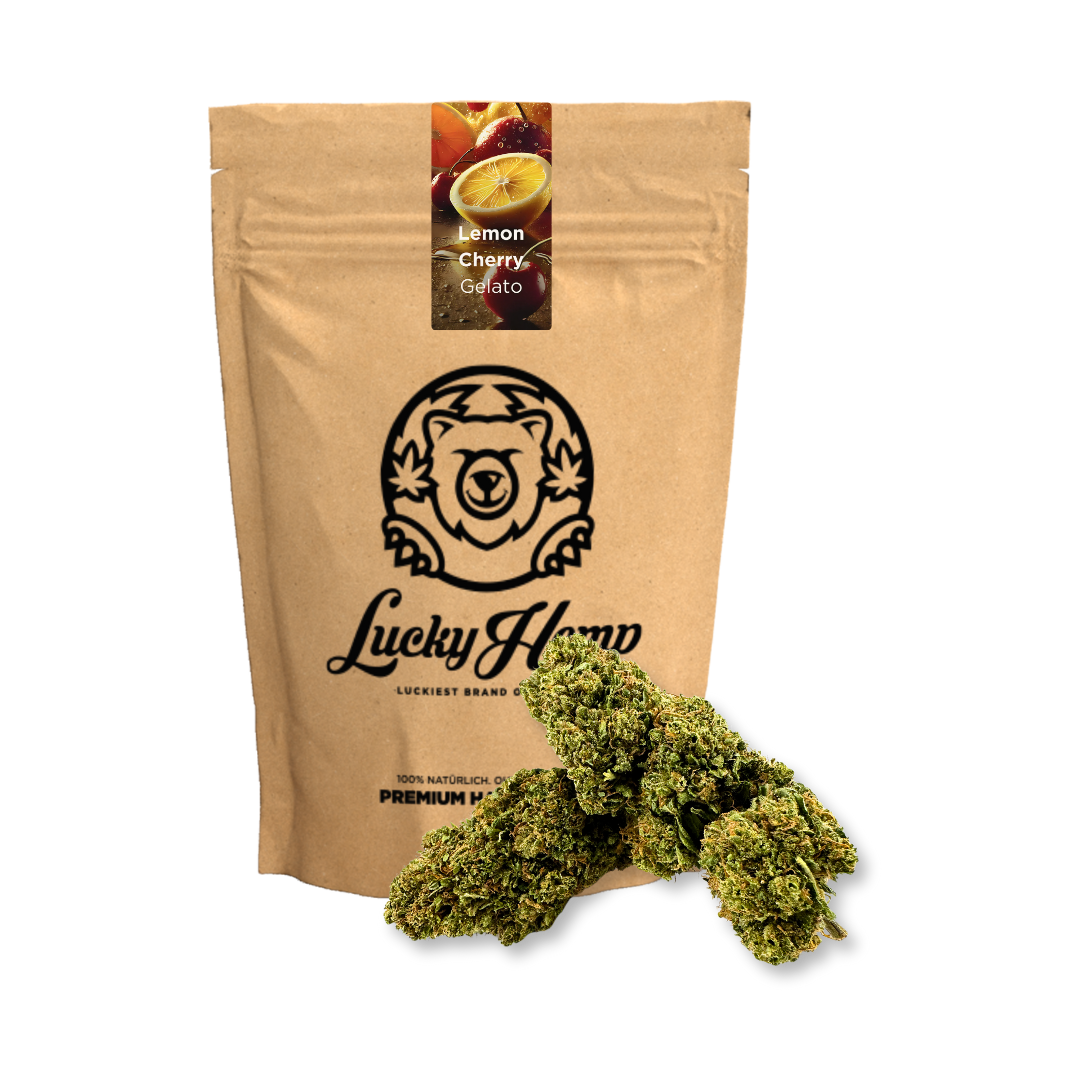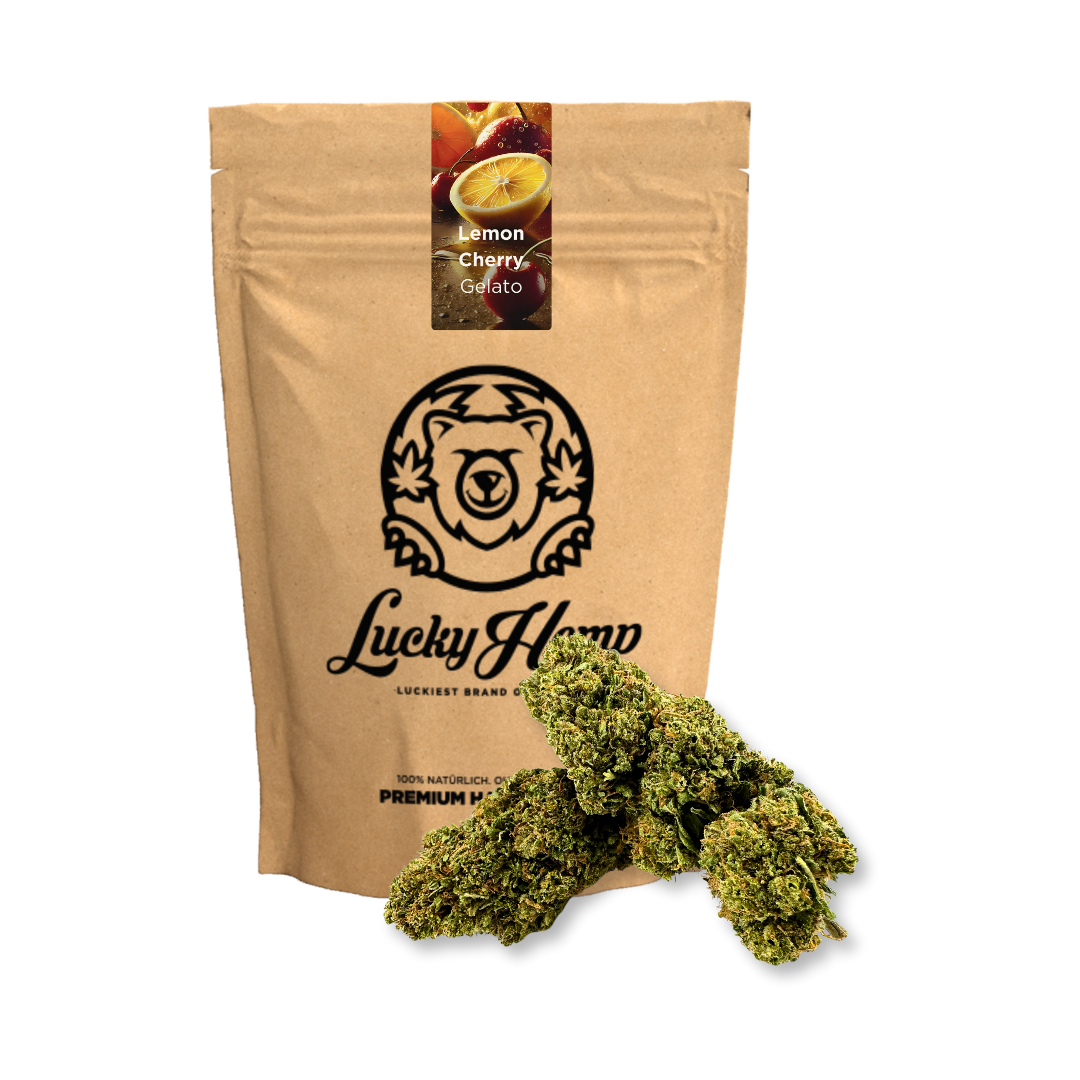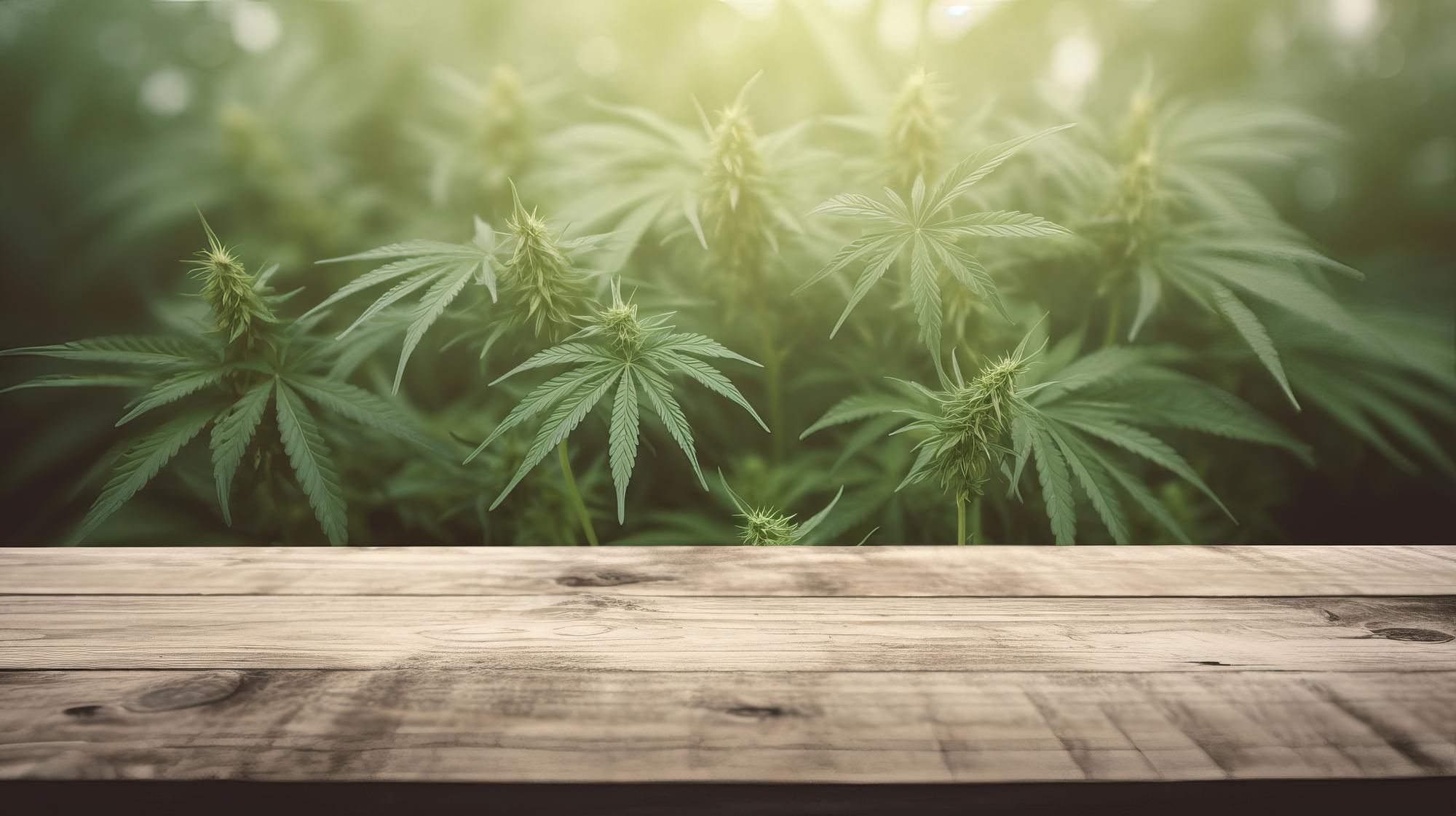Basics of decarboxylation
Decarboxylation is an essential chemical process in cannabis processing. This process of removing a carboxyl group from an organic compound is crucial for converting the inactive acid forms of cannabinoids like THC and CBD into their active forms.
In the cannabis plant, THC and CBD are originally present as THCA and CBDA. Through the decarboxylation process, these non-psychoactive acid forms are converted into the well-known, active compounds known for their psychoactive and therapeutic effects.
Decarboxylation methods
The process can be done in different ways:
- By heating : When smoking, baking, or vaporizing cannabis, cannabis is heated, which results in decarboxylation and release of THC and CBD.
- Through light and storage : Natural decarboxylation can also occur through long storage under exposure to light, although less efficiently.
Importance for cannabis products
For the production of cannabis products such as oils, tinctures or edibles, decarboxylation is essential to achieve the desired psychoactive and potential medicinal effects.
Decarboxylation is a critical step in cannabis processing to harness the full potency of cannabinoids. This conversion makes the compounds bioavailable and ensures the desired effects when using cannabis products.

